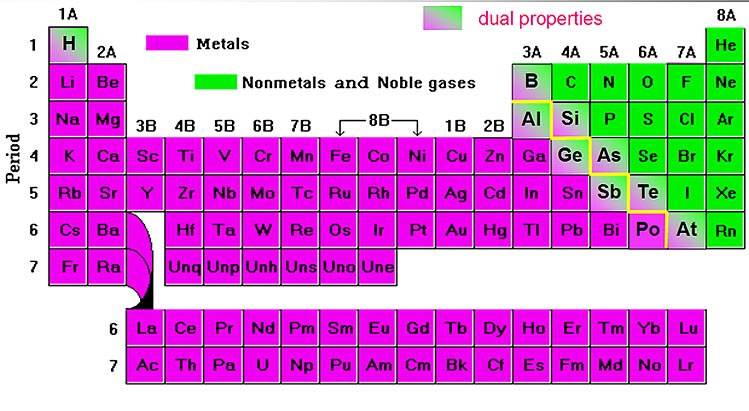"Garbage collectors in space!"
By: Stephen Ornes
Published on September 21st, 2011
http://www.sciencenewsforkids.org/2011/09/wanted-garbage-collectors-in-space/
As we all know, space junk is everywhere. Garbage in space is circulating our planet, and scientists say that it is time to clean up space, if we intend on keeping our satellites and astronauts safe. This garbage contains different kinds of things, including broken satellites, pieces of rockets, as well as gloves and cameras that astronauts have accidently dropped. This problem keeps on getting worse, and every year the amount of space garbage is increasing. Big space companies, like NASA, are starting to worry that the garbage, which includes even the tiniest bits of trash, could cause serious damage to the spacecraft.
In studies that have recently taken place, scientists from the University of Southampton, England, have come to the conclusion that if every year the ten biggest pieces of space junk were removed, the rate at which space junk is growing could be dramatically decreased. The biggest piece of space junk is the size of a fridge. However, not all space junk is in space. Sometimes, a piece of a rocket flies straight down to our planet, and doesn't get burnt up by the atmosphere, so it continues to orbit very close to the Earth. This type of junk is called orbital debris. This type of garbagr can cause serious damage to the satellites that cost millions of dollars to make and put into orbit. In 2009, a Russian and American satellite crashed into each other, sending 2,000 pieces of space junk into our planet's orbit. NASA and other companies have been trying ever since to remove all the big pieces left from the collison, so that they do not damage the other satellites, but without any luck.
Another problem is that friction is the only thing that is keeping the space junk from entering our atmosphere (the Earth's orbit) is friction. Friction increases the chance that space junk will burn up before it comes to our atmosphere. However, with more emissions of greenhouse gasses and carbon dioxide into our atmosphere, the thermosphere, which is a layer in the upper atmosphere, becomes less dense. With the lack of density, the friction also drops, which increases the chance of space junk hitting something.
However, it is very difficult to remove space junk, and it is said that the space "clean-up" will probably not take place in the next few years, mainly because we still do not have the required technology to perform the clean-up of orbital debris and space garbage. But, if scientists and NASA specialists do not start cleaning up space, soon the chances of a deadly, dangerous collision are going to get very high.

By: Stephen Ornes
Published on September 21st, 2011
http://www.sciencenewsforkids.org/2011/09/wanted-garbage-collectors-in-space/
As we all know, space junk is everywhere. Garbage in space is circulating our planet, and scientists say that it is time to clean up space, if we intend on keeping our satellites and astronauts safe. This garbage contains different kinds of things, including broken satellites, pieces of rockets, as well as gloves and cameras that astronauts have accidently dropped. This problem keeps on getting worse, and every year the amount of space garbage is increasing. Big space companies, like NASA, are starting to worry that the garbage, which includes even the tiniest bits of trash, could cause serious damage to the spacecraft.
In studies that have recently taken place, scientists from the University of Southampton, England, have come to the conclusion that if every year the ten biggest pieces of space junk were removed, the rate at which space junk is growing could be dramatically decreased. The biggest piece of space junk is the size of a fridge. However, not all space junk is in space. Sometimes, a piece of a rocket flies straight down to our planet, and doesn't get burnt up by the atmosphere, so it continues to orbit very close to the Earth. This type of junk is called orbital debris. This type of garbagr can cause serious damage to the satellites that cost millions of dollars to make and put into orbit. In 2009, a Russian and American satellite crashed into each other, sending 2,000 pieces of space junk into our planet's orbit. NASA and other companies have been trying ever since to remove all the big pieces left from the collison, so that they do not damage the other satellites, but without any luck.
Another problem is that friction is the only thing that is keeping the space junk from entering our atmosphere (the Earth's orbit) is friction. Friction increases the chance that space junk will burn up before it comes to our atmosphere. However, with more emissions of greenhouse gasses and carbon dioxide into our atmosphere, the thermosphere, which is a layer in the upper atmosphere, becomes less dense. With the lack of density, the friction also drops, which increases the chance of space junk hitting something.
However, it is very difficult to remove space junk, and it is said that the space "clean-up" will probably not take place in the next few years, mainly because we still do not have the required technology to perform the clean-up of orbital debris and space garbage. But, if scientists and NASA specialists do not start cleaning up space, soon the chances of a deadly, dangerous collision are going to get very high.




